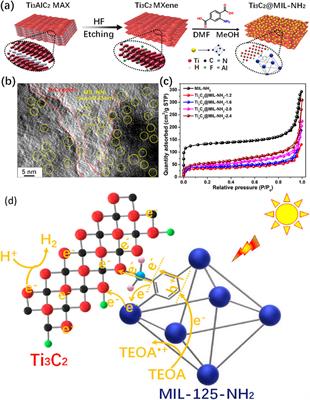REVIEW
Published on 01 Oct 2024
Metal-organic framework (MOF) integrated Ti3C2 MXene composites for CO2 reduction and hydrogen production applications: a review on recent advances and future perspectives
doi 10.3389/fchem.2024.1448700
- 1,583 views
- 1 citation

